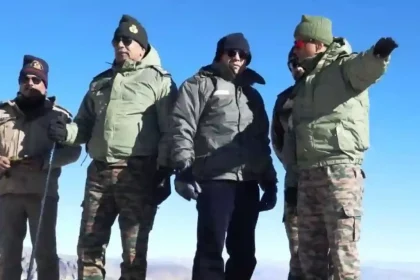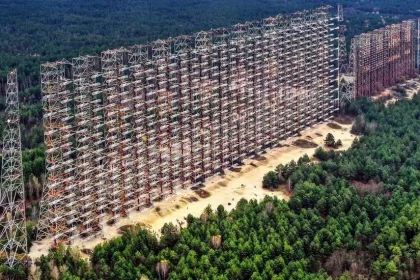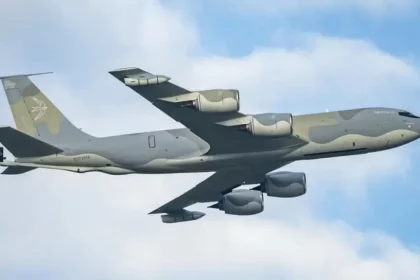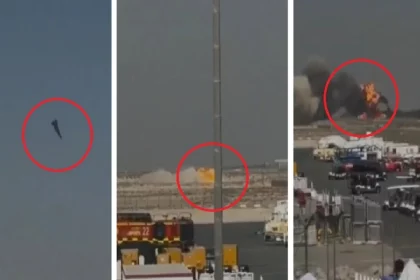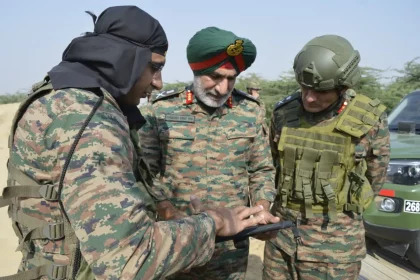Ladakh Clears 16 Strategic Defence and Infrastructure Projects With Tough Ecological Conditions
Projects Cleared Under Strict Wildlife, Habitat, and Waste-Management Norms.
India’s DRDO Achieves Major Milestone With SWOTH Over-the-Horizon Radar Deployment
New HF Radar System Extends India’s Maritime Vision Far Beyond the Horizon.
IAF Inducts Leased Boeing KC-135 Refueller, Restores Critical Mid-Air Tanking Capability
Leased KC-135 Strengthens India’s Aerial Refuelling Network Amid Il-78MKI Serviceability Crisis.
Tejas Pilot Was Performing High-Risk Negative-G Manoeuvre Moments Before Crash at Dubai Air Show
New Analysis Reveals High-Risk Aerobatic Move Behind the Tragic Crash.
All You Must Know About BvS10 ‘Sindhu’: India’s New All-Terrain Armoured Vehicle Built by L&T
A rugged, amphibious, all-terrain armoured vehicle custom-built for India’s toughest high-altitude and border operations.
Lt Gen Shamsher Singh Virk Validates Operational Training of Ranbankura Division
The visit reinforced Chetak Corps’ focus on operational excellence and mission readiness, underscoring its commitment to preparing future-ready formations capable…

